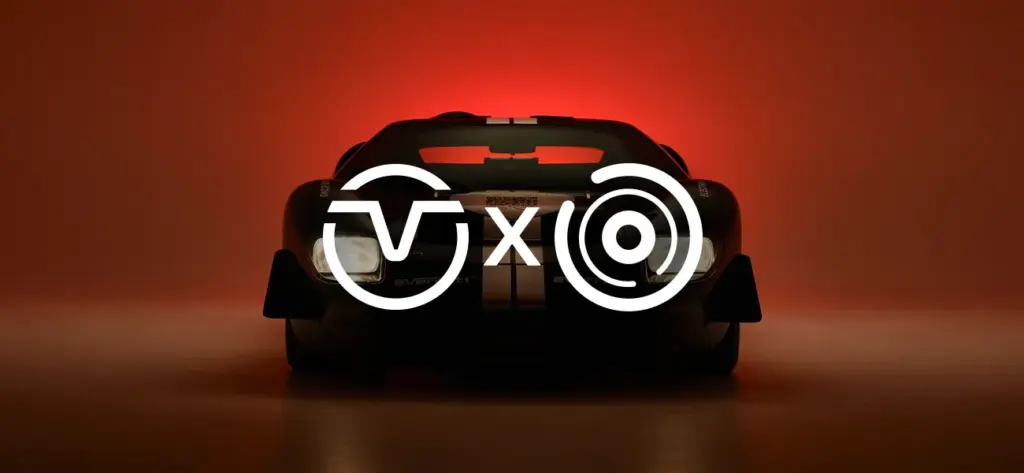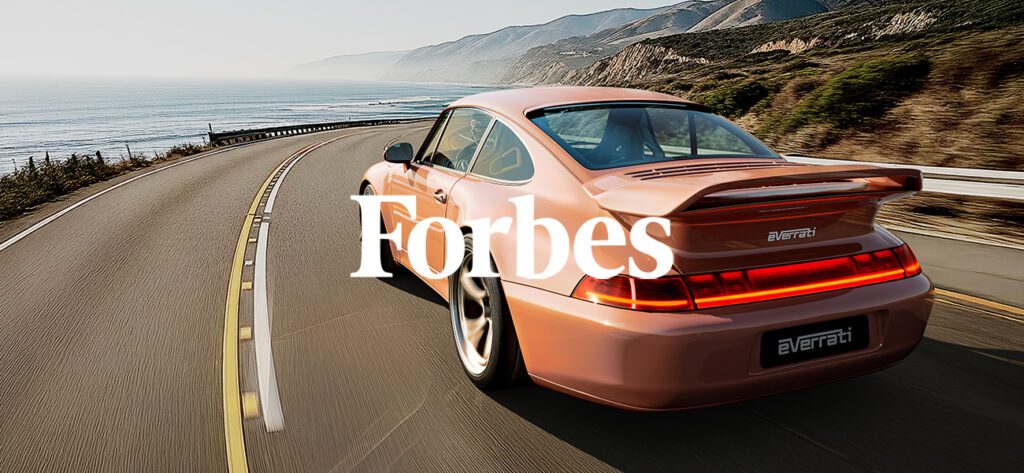A classic electric car conversion that’s totally in character for the iconic Mercedes-Benz SL roadster.
The Everrati Mercedes-Benz SL Pagoda has been a long time coming. When we spoke to Everrati founder Justin Lunny in the aftermath of driving the company’s electric-powered Land Rover Series IIA more than two years ago, an electric-powered version of the iconic Mercedes roadster was on his agenda, along with electric-powered versions of the Porsche 911 and the Superformance Ford GT40.
Everrati’s 911 and GT40 models are in production, assembled by specialist partners in Europe and the U.S. The 911, for example, is built by Aria Group, the British-based low volume manufacturer that built Singer’s first 150 cars. Now Everrati is finalizing development of the electric powered and so-called SL ‘Pagoda’, the internal combustion version of which has been a personal favorite of Lunny’s since childhood.
The W113 Mercedes-Benz SL was built between 1963 and 1971 and earned its Pagoda nicknamed from the distinctive concave roofline of its hardtop. It was powered by a trio of six-cylinder engines over that time—2.3-liter, 2.5-liter, and 2.8-liter—driving the rear wheels through either a four-speed automatic or four- or five-speed manual transmissions.

As with Everrati’s other conversions, all the internal combustion engine hardware is removed from the car, and replaced with a battery-electric powertrain that does not require any fundamental alterations to the structure. The Everrati SL can easily be converted back to internal combustion engine power, says Lunny.
The Everrati SL’s electric powertrain consists of a front-mounted 300-horsepower axial flux e-motor designed, engineered, and manufactured by British specialist Helix UK, which supplies e-motors to various OEMs, including those power the 1,972-hp Lotus Evija hypercar. The Helix e-motor is located concentrically with the propshaft that takes the drive back to a limited slip differential and is overseen by a control system whose architecture and software have been developed entirely in-house at Everrati.
The lithium-ion battery pack, which is made up of Gen 5 modules from Chinese battery maker Envision, consists of three separate elements, one mounted at the front and two at the rear to maintain the original car’s front-to-rear weight distribution. The standard battery setup totals 54.4-kWh, which Everrati says will deliver a 160-mile range and a 0 to 60 mph acceleration time of just under 8.0 seconds, which is right around that of the original 280 SL, whose 2.8-liter straight-six was reportedly good for about 170 hp.
A 68-kWh Touring battery pack is available as an option. In addition to increasing the claimed range to 200 miles, is also boosts performance. Everrati’s head of engineering, Tony Fong, says the Touring-equipped SL will be capable of hitting 60 mph in less than 7.0 seconds.

Even allowing for the additional weight of the battery packs the performance of both versions is relatively modest for cars with 300 hp under the hood. That’s deliberate, says Justin Lunny. “We don’t want to put too much power into these cars,” he says. And that’s the right call.
The Everrati SL is absurdly easy to drive. Jump in, twist the original-looking ignition key, wait for the power electronics to wake up—as indicated by the sweep of the needles around the speedo and power gauges on the dash—then put your foot on the brake, pull the central shifter back to engage Drive, release the old-school manual e-brake, and squeeze the accelerator pedal. The SL oozes away.
The regenerative braking can be adjusted to enable full one pedal driving or to allow the car to coast down like an internal combustion engine car with an automatic transmission when you lift off the accelerator. The handover between mechanical and regenerative braking is seamless.
Our tester is the first running customer car and is still undergoing final development. The shudder we noticed under acceleration is the result of the old-school u-joints on the prop-shaft, Tony Fong says. He’s looking at replacing them with smoother running constant velocity joints. And the diff noise is noticeable, a legacy of old car tolerances and the fact that there’s little other mechanical noise to mask it.
One other change we’d like is a slight softening of the shock damping to make the car ride more like the original SL, taking advantage of the generous sidewalls of the Michelin MXV 185 R14 90H tires it rides on.
U.S. pricing has yet to be finalized, but based on the UK market price, buyers shouldn’t expect much change from $420,000, plus shipping and taxes. It’s not cheap, but the price includes sourcing the donor car, a complete restoration of all original Mercedes-Benz hardware, and an air-conditioned interior trimmed in Bridge of Weir leather. Options include a Bluetooth controlled high-end audio system, and heated seats, though all these mod cons are artfully hidden away so as not to destroy the SL’s lovely 60s character.
Whereas an electric-powered Porsche 911 might seem sacrilegious to some, the SL Pagoda is a car eminently suited to the smoothness, silence, and effortless low speed acceleration of an electric powertrain. Justin Lunny, who notes the original Pagoda SL was very popular in the U.S., thinks America will also be the Everrati car’s biggest market. “It’s such a cool cruiser and I can easily see it in places like Miami, Palm Springs and Malibu,” he says.
Source: Motortrend






